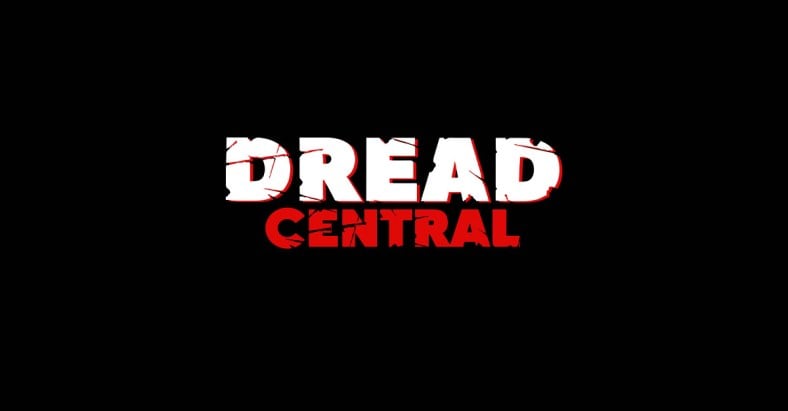How Bela Lugosi’s Passion Assisted Universal Studios from Going Bankrupt and Hobbled His Own Career in the Process

In 1930, decades before “Sesame Street’s” The Count numerically educated toddlers nationwide while Count Chocula simultaneously rotted their teeth, and well before actors Christopher Lee, Frank Langella and Gary Oldman donned what had become the infamous medallion, signet ring and cape, Universal Studios was in financial trouble. And among those who assisted in saving them from bankruptcy was a man who in the process not only signed one of the worst contracts ever offered, but in doing also created arguably the most well-known horror icon in cinematic history: Dracula. His name was Bela Lugosi.
Born Béla Ferenc Dezső Blaskó on October 20, 1880, in what was then Lugos in the Kingdom of Hungary (now Lugoj, Romania), the actor’s early life, previous to his entrance into Hollywood and long before he immortalized the line “Listen to them, the children of the night. What music they make,” was dedicated to the theater. Having dropped out of school at the age of twelve, Blaskó’s acting career commenced at the age of twenty (when he assumed the surname of Lugosi), first with performances in Hungarian provincial theaters, then to dozens of roles with the National Theatre of Hungary in Budapest, before serving in the Austro-Hungarian Army during World War I, in which he received the Wound Medal for injuries he sustained on the Russian Front.
In 1919, during time of the Hungarian Revolution, Lugosi was forced to flee the country due to his activism in the actors’ union, and after performing in Berlin for a brief spell, he landed in New York, where he founded a small theater stock company which toured the Eastern seaboard, playing to immigrant audiences. It wouldn’t be until 1927 when the titular role based on Bram Stoker’s novel Dracula would envelope him, however, in the form of the Horace Liveright Broadway stage production. Lugosi would don the cape for a total of two hundred sixty-one performances, before touring the US to much acclaim from 1928 to 1929. The success of the play eventually led him into motion pictures, first with Fox Studios (1923’s The Silent Command), then eventually to director Tod Browning’s Dracula at Universal, although he wasn’t the studio’s first choice.

Browning, who’d directed features for Universal prior (1920’s Outside the Law) as well the infamous and lost 1927 Lon Chaney feature London After Midnight for MGM, had been assigned Dracula by the studio, which was at the time financially beleaguered by the October 29, 1929, stock market crash of the Great Depression. The property, however, was far from free and clear, bogged down by litigation (Stoker’s widow, Florence, has spent eight years in German courts over F.W. Murnau’s unauthorized film adaptation Nosferatu, which resulted in a court order that all prints of the film were to be destroyed), as well as playwright Liveright’s threatened lawsuit that any film version of Dracula would unfairly compete with his production. Additionally, Universal at the time was looking at no less than six actors other than Lugosi to play the lead.
With a sense of dogged ownership of the role and prompted by director Browning, Lugosi made a protracted play for it, by corresponding directly with Florence and her New York agent, Harold Freedman, asking for her not only to bring down her asking price for the film rights, but also that she suggest to Universal that he himself don the Count’s cape.
From a wire sent to Freedman on June 25:
SPENT MANY MONTHS TO PROMOTE DRACULA SPENT MANY CABLES WITH LONDON TO BRING DOWN PRICE WILL YOU PLEASE EXPRESS OPINION TO UNIVERSAL FOR ME BEING THE LOGICAL CHOICE TO BE CAST FOR DRACULA.
Lugosi’s bid proved successful, if not contractually wise, taking the role as a “work for hire” for $3,500 total, $500 a week for seven weeks of production (by comparison, actor David Manners, who portrayed the supporting character of “John Harker,” was paid $2,000 a week). Lugosi’s acceptance of such small pay would, however, serve to cripple his later earnings as an actor in Hollywood and would in fact force him to file his own bankruptcy a year later. Dracula’s box office, on the other hand, saved Universal Studios from its own. Opening on February 12, 1931, the film pulled in $1.2 million worldwide during its initial release.
However iconic the character he’d created on screen, Lugosi would only play the role in a feature film once more in his career, in director Charles Barton’s 1948 classic monster mash Abbott and Costello Meet Frankenstein. And while the actor did continue to work in the genre, portraying the gypsy “Bela” in 1941’s The Wolf Man, “Ygor” in 1942’s The Ghost of Frankenstein and “Frankenstein’s Monster” himself in 1943’s Frankenstein Meets the Wolf Man (all beloved by fans of Universal’s Golden Age of Horror), his career would descend into obscure, low budget films, the next to last of which would be 1955’s Ed Wood opus Bride of the Monster.
Lugosi passed away alone in his Los Angeles apartment of a heart attack on August 16, 1956, and was buried in the cape that defined his career at Holy Cross Cemetery in Culver City, CA. And while he never received the Academy Award, actor Martin Landau would for his portrayal of the actor in Tim Burton’s 1994 film Ed Wood.
Still, Lugosi’s cinematic incarnation of The Count is considered by many to be the definitive Dracula and continues to this day to line Universal’s coffers via decades of licensing.
Source Material: Dark Carnival by David J. Skal

Categorized:News

